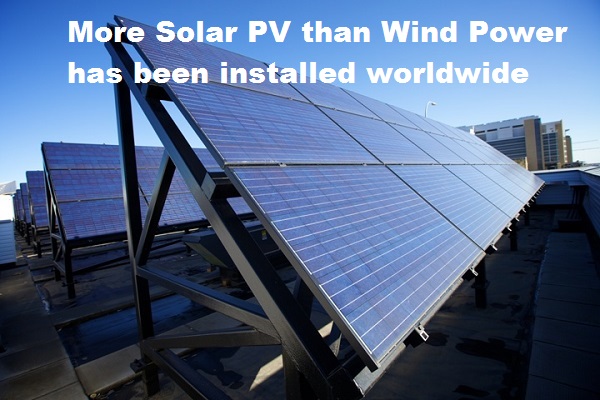Solar photovoltaic (PV) accounted for more than one-third of global renewable power capacity in 2013. The Renewables Global Status Report GSR states that new installations increased by 32% during that year for a 39MW of installed capacity totalling 139GW.
This global PV status seems positive as there is a pressing need to accelerate the development of advanced clean energy technologies in order to address the global challenges of energy security, climate change and sustainable development. A challenge that has been acknowledged by G8 countries, China, India and South Korea, and now work to advance innovative energy technology.
Amongst clean energy technologies such as Wind, Geothermal, and Hydro; Solar energy is the most abundant energy resource on earth. The solar energy that hits the earth’s surface in one hour is about the same as the amount consumed by all human activities in a year.
Direct conversion of sunlight into electricity in PV cells is one of the three main solar active technologies, the two others being concentrating solar power (CSP) and solar thermal collectors for heating and cooling (SHC).
Today, more PV than wind power has been installed worldwide–providing a substantial amount of global electricity generation. PV is expanding very rapidly due to effective supporting policies and recent dramatic cost reductions. PV is a commercially available and reliable technology with a significant potential for long-term growth in nearly all world regions.
Most international organisations project that solar PV is projected to provide 5% of global electricity consumption in 2030, rising to 11% in 2050.
R&D and industrialisation have led to a portfolio of available PV technology options at different levels of maturity.
Commercial PV modules that exist today may be divided into two broad categories: wafer based c-Si and thin films. There are a range of emerging technologies, including concentrating photovoltaics (CPV) and organic solar cells, as well as novel concepts with significant potential for performance increase and cost reduction.













Comments